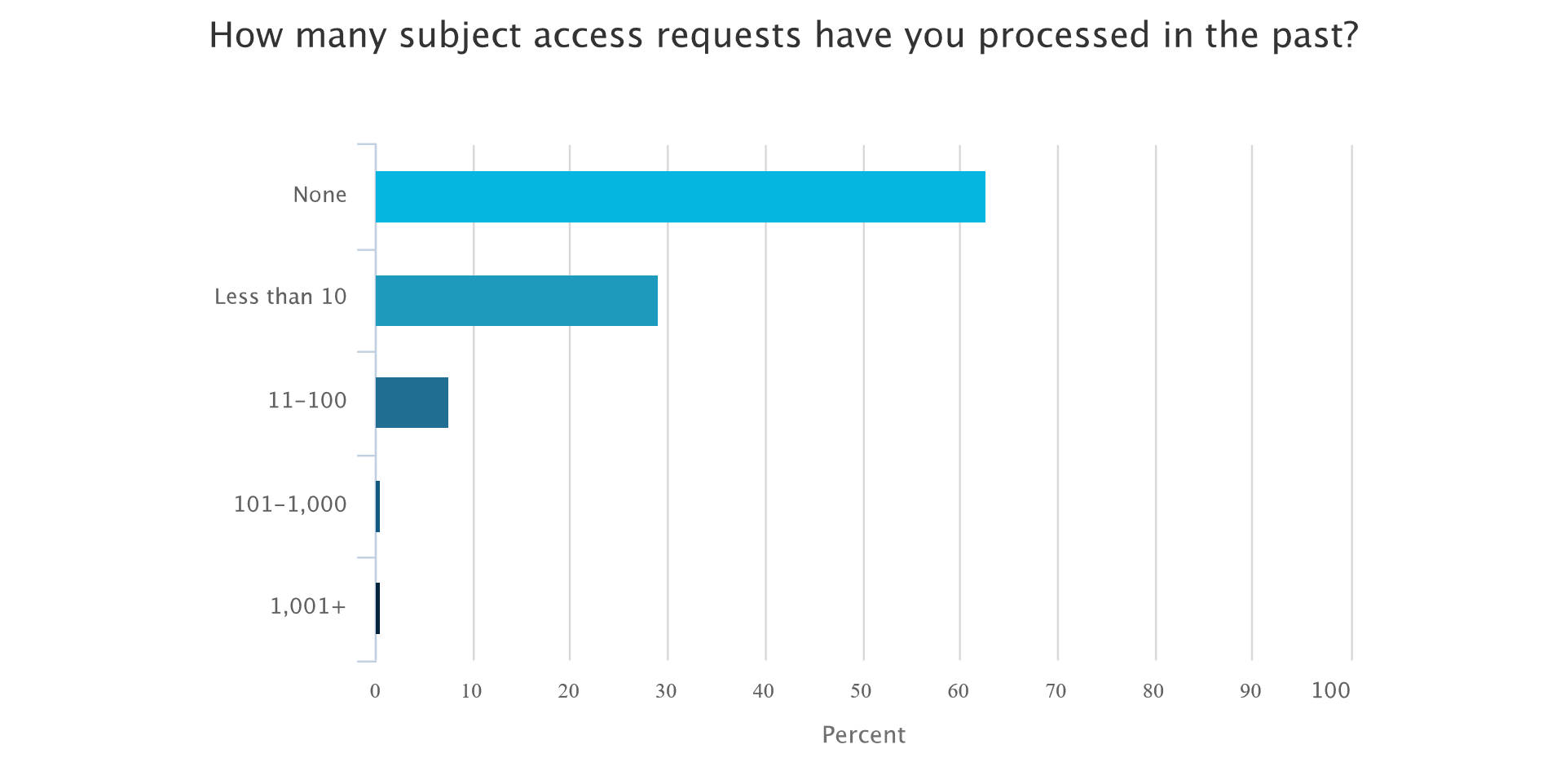True in life as in business, tough times can make us stronger. Yet, despite how comforting these words sound, many organisations have struggled to survive over the past year – and there’s still much to consider.
It’s true that, in many respects, successful organisations and employees alike are used to staying alert and dealing with the uncertainties that working life throws at them. However, the COVID-19 pandemic has meant this state of being has become a constant.
Living in a perpetual state of emergency, the so-called ‘new normal’, doesn’t allow us to ever put our guard down – a truth that threatens our health as well as our businesses.
What is pandemic fatigue?
Over the past months many of us have experienced something experts are naming ‘pandemic fatigue’. It’s a state of emotional burn out brought on because our fight or flight system (the emotional reaction to stress that has been otherwise energising us through the pandemic) is totally overloaded. When this happens, the constant flow of adrenaline in our systems starts to drain and apathy settles in.
Whilst an ongoing and successful vaccine roll-out has brought with it some much-needed hope, feelings of exhaustion and hopelessness can quickly overwhelm positive emotions. After all, emotional endurance dwindles over time and, given the nature of the pandemic, we don’t have the same sense of security we could fall back on pre-pandemic.
What are the signs of pandemic fatigue?
It’s going to be important to be able to spot signs of pandemic fatigue in ourselves as well as those we work alongside. After all, pandemic fatigue can result in a lax approach to public health measures (wearing masks, washing hands, social distancing), which could land your business with stiff fines – even closure in extreme cases.
Additionally, as employers, we owe a duty of care to our staff under the Health and Safety at Work Act 1974. Indeed, it’s one of the reasons H&S training exists – all reasonable steps must be taken to ensure the health, safety, and wellbeing of those in our employment.
Below are some signs to watch out for in yourself and your employees:
- Aforementioned indifference or non-adherence to coronavirus safety measures
- Sleeping enough, yet still feeling exhausted
- Feeling more irritable or impatient than usual
- Feeling stressed by tasks you usually complete with ease
- Feeling disinterested or apathetic towards activities you used to find enjoyable
- Feelings of detachment or hopelessness about the future
- Lack of focus and concentration, even on day-to-day tasks
- Increased consumption of alcohol, food, or other substances (often used to manage above feelings)
Managing pandemic fatigue
It’s difficult to over-communicate at times like these, so don’t be afraid to start difficult conversations. How you do this is up to you; some may prefer individual managers to speak to their teams (if the business is big enough), others may prefer to circulate information and/or resources via a company newsletter or wellbeing email.
Be prepared to have private conversations with employees that are struggling. If they are feeling overwhelmed, connect them to available COVID-19 mental health resources or other forms of counselling your business may have access to.
Remember to check in on a regular basis with your remote staff. Make sure they have the tools and equipment they need to work efficiently and safely from home and, whether you/your staff are back in the office or at home, the below methods can help reduce the impact of pandemic fatigue and help us to stay strong and resilient:
- Monitor your social media / ‘doom scrolling’
At the moment, one of the biggest distractions is the news. Checking for COVID-19 updates, or clicking on news alerts as and when they pop up, is going to be hard to resist.
But be wary of scrolling yourself into despair. Relying on unreputable sources for news about the outbreak can fuel anxiety, making it difficult to concentrate and putting your mental health at risk.
- Replenish your energy
Burnout can occur when you feel stuck, resulting in feeling out of control, so factoring in relaxation activities is more than just icing on the cake when it comes to wellbeing.
Going for walks/runs, enjoying a bath or a book, cooking, baking, gardening, or any activity you can safely enjoy will go a long way to restoring balance and upkeeping motivation levels.
- Stick to a routine
Of particular importance to those working from home, finding a new routine and sticking to it can be a big help when it comes to battling pandemic fatigue.
Routines are safe and predictable and, as such, are a powerful antidote to stress because they create feelings of stability.
- Don’t cut yourself off
It’s natural, when we feel stressed, to push friends, family, and colleagues away out of frustration, but this will only increase stress long-term.
Teamwork and communication is the key here, so keep communication lines open and don’t be afraid to show a little vulnerability. It helps to know we’re all in the same boat sometimes. We can all help one another maintain hope.



